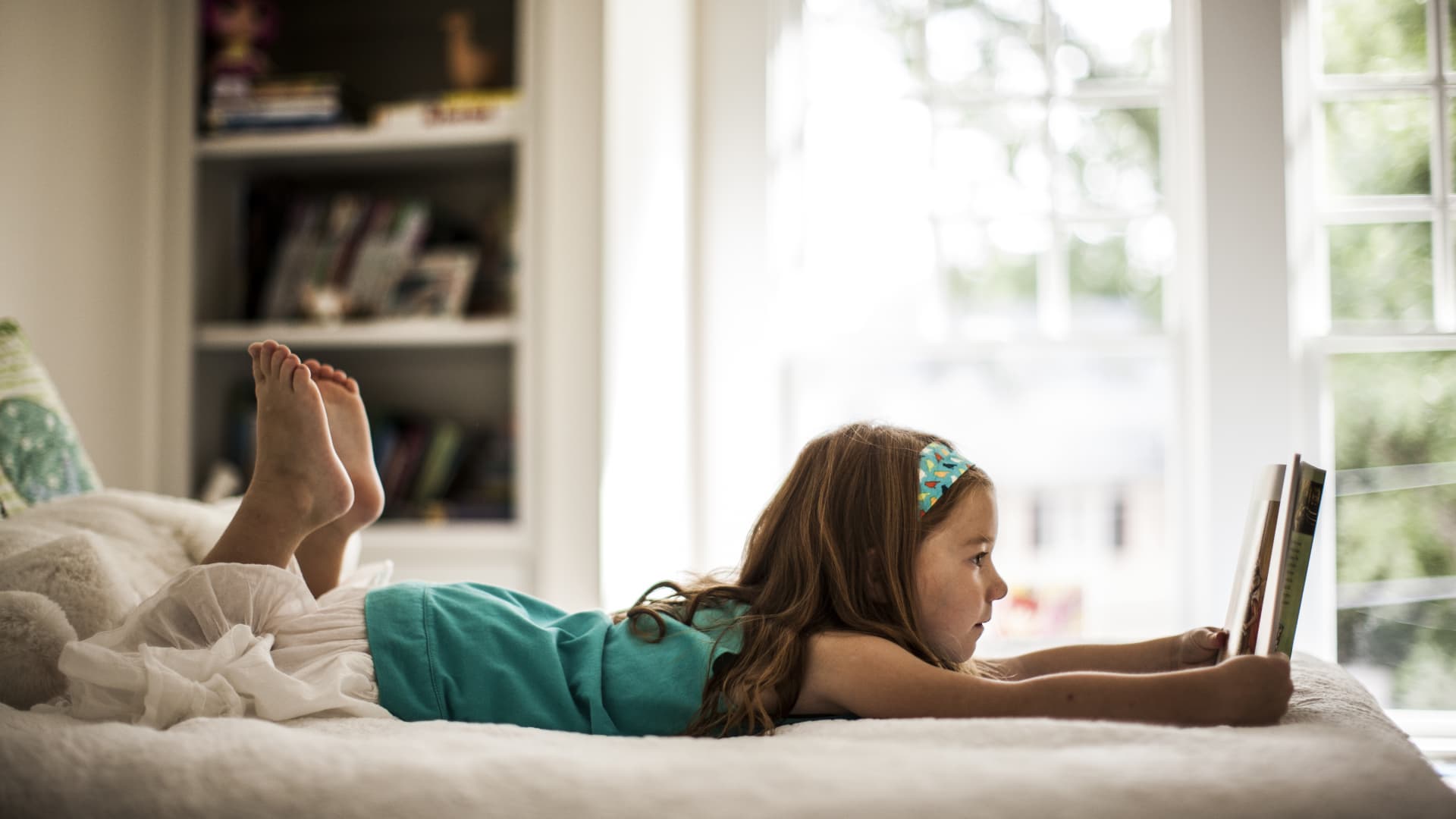There is a behemoth of research on what leads a child to be more resilient than their peers: the presence of at least one stable caregiver, a sense of self-efficacy, learning to cope with stress.
A new study shows that creativity can also lead kids to become more resilient.
Specific literary techniques, such as perspective-shifting, counterfactual, or “what if,” thinking, and causal, or “why,” thinking can help kids learn how to deal with difficulties in real life, according to a study published by The Ohio State University in the Journal of Creativity.
“There are concerns about the resiliency of American children in the wake of COVID-19 and this sense that many kids are having a hard time in school and in life,” Angus Fletcher, lead author of the study and english professor at The Ohio State University, told ScieneDaily.com.
“Creativity training can help kids come up with a second plan when things aren’t working out for them.”
Teaching kids perspective-shifting can help them be better problem solvers
The paper is comprised of two different studies. All children were in third, fourth, of fifth grade.
In one study, 32 students were split into two groups. One group was asked to think of a friend who had special skills and could help them solve any problem. This is called perspective-shifting and is a literary tool. The other group was told to identify one special quality within themselves.
Both groups were then presented with everyday problems, like not being able to go to a birthday party because you’re out of town. They were also asked to think of their own problems.
A whopping 94% of the group who used perspective-shifting was able to come up with solutions to both problems. Less than half of the students in the other group were able to solve the problem assigned to them and none could work out their own problems.
Teachers also found that the solutions created by the former group were much more creative than the solutions from the latter.
“When you ask people to shift their perspective and imagine receiving advice from a friend, you get a lot more creative and effective solutions to problems than just trying to solve the problem yourself,” Fletcher said.
In the second study, 28 students took a five-day, narrative creativity curriculum workshop. At the end, kids were asked to solve one problem they were given and one problem they came up with themselves, similar to the first study.
Kids came up with solutions, but to test their resilience, researchers told them that they wouldn’t work.
All kids who completed the camp were able to come up with a second set of solutions.
This, researchers say, is children utilizing the “why” aspect of creative thinking.
“With this training, the children were unfazed by being told their first solution didn’t work. They came up with a second plan, which is a good test of resilience,” Fletcher said.
Kids can often get angry or embarrassed if they are presented with a problem that takes a long time to solve. But if they are using creative devices, this study shows that they might be more flexible when coming up with solutions.
DON’T MISS: Want to be smarter and more successful with your money, work & life? Sign up for our new newsletter!
Get CNBC’s free Warren Buffett Guide to Investing, which distills the billionaire’s No. 1 best piece of advice for regular investors, do’s and don’ts, and three key investing principles into a clear and simple guidebook.

